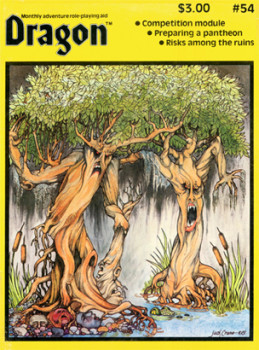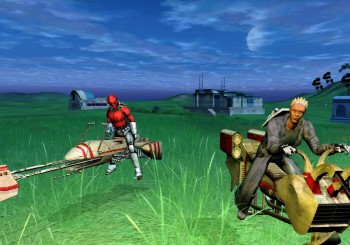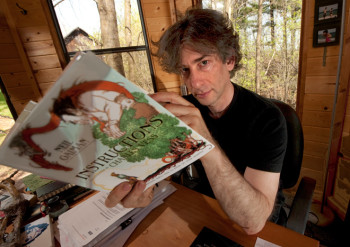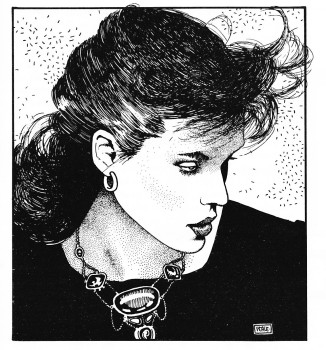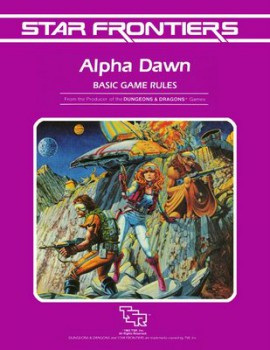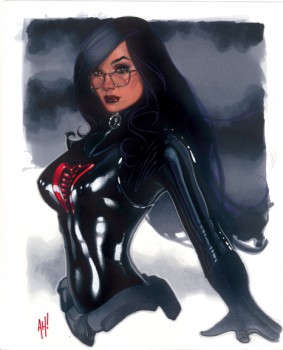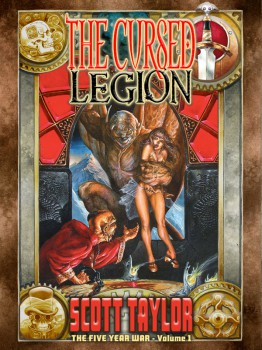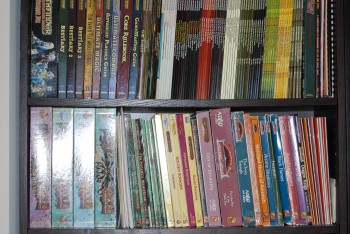Art of the Genre: The Top 10 RPG Artists of the Past 40 Years
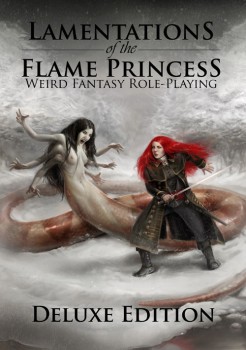
The office here at Black Gate L.A. has never been quiet, it just isn’t who we are. But with the addition of new blogger James Maliszewski to the mix, it is downright loud. This change was made all the more punctuated today by the fact that our southern California drought was broken with a series of showers. As I didn’t want to get damp, I was forced to close the windows to my corner office, which usually provide some calming background noise from the crashing waves and calling gulls on Redondo Beach. Now closed in, and facing a deadline, I had to fight against the sound of a debate between Maliszewski and Ryan Harvey on who would best portray adventuring party characters in a film version of Lamentations of the Flame Princess.
Honestly, I would have cast our resilient secretary, Kandi, for the lead as she often times dyes her hair red when the mood strikes, but these two ‘A list’ diehards had no interest in my two cents. Therefore, I read over an email once more from our intrepid editor, John O’Neill, which I’d received the Friday before.
Taylor, I’m not paying you six figures to get a tan, so write me some numbers-generating copy!
Nice… Always the charmer that one.
Nonetheless, I flipped on my computer with my sexy desktop background of our very own Sue Granquist lounging around in her ‘Goth Chick’ black, white, and buckled finery and then bumped over to Microsoft Word. What to write? Well, how about a ‘Top 10’, since those seem to always create a buzz and get people to click down after the break.
Considering the Lamentations of the Flame Princess argument, and the just-passed 40th Anniversary of Dungeons & Dragons, I decided on the ‘Top 10 RPG Artists of All-Time.” Yep, I think I’m qualified to take that one on, but just to discourage my own favoritism, I decided on a way to judge the list outside my own nostalgic mind. Now sure, the below rules have some level of interpretation on my end, but I do believe they hold water for overall impact on the industry.
